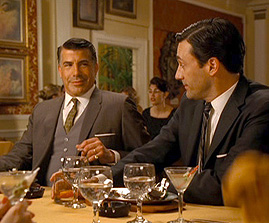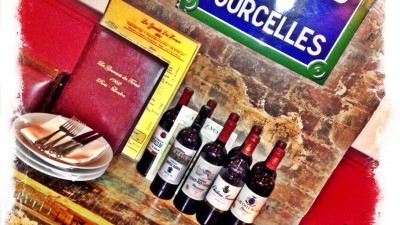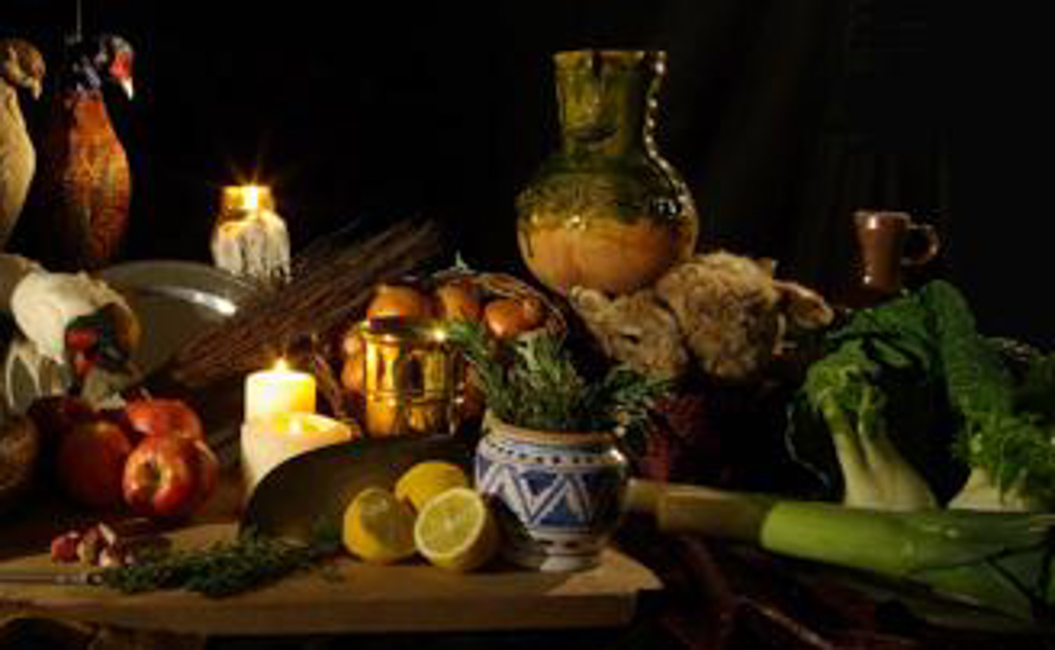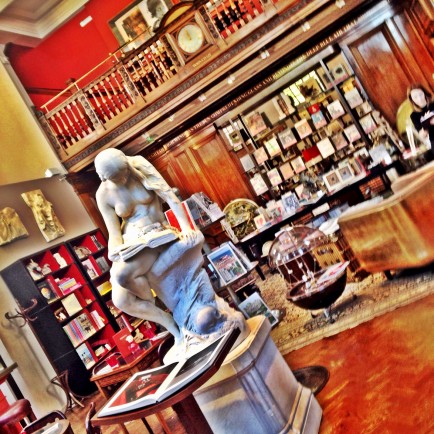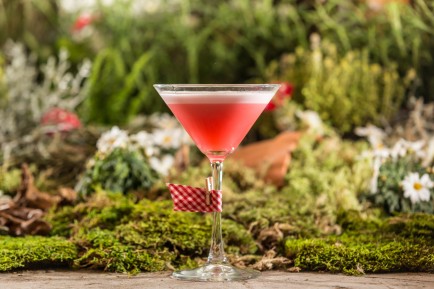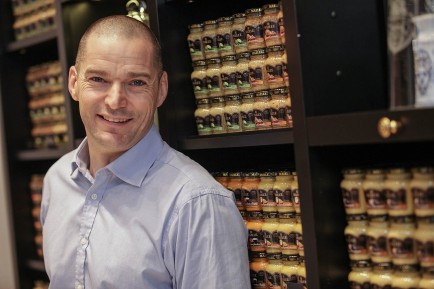What dishes made Henry VIII’s tummy rumble? If that’s a question that tingles your imagination, there is a way to find out in November and December, through a series of Tudor Cookery masterclasses organised at Hampton Court Palace. There, History chefs will prepare a banquet fit for a king, recreating in front of visitors some actual recipes served to the Royals in the 16th century. For the last few years, the Palace has been home to a research project run by food archeologists who regularly bring the kitchens to life, experimenting with traditional recipes, ingredients and cooking methods, in the actual space that was used to cook the royal feats in. Visitors have therefore a unique access to the kitchens where historic meals are created live in front of them, and where they can question the staff and join in the debate that is experimental archaeology.
And to give you an idea of what you might discover, Chic-Londres has compiled a series of interesting facts about the Tudor’s kitchens:
- Henry VIII extended the kitchens at Hampton Court in 1529. Comprising 55 rooms, they covered 3,000 square feet, staffed by 200 people providing 600 meals a day twice a day for the Royal court.
- The Great Kitchen had six fireplaces with spit-racks, only one of which remains.
- Meat stock and boiled meat were produced in the boiling house in a great boiling-copper which had a capacity of about 75 gallons.
- The palace had three cellars. The wine cellar held 300 casks of wine for courtiers while the wine and ale reserved for the sovereign was kept in the privy cellar. Ale was stored in the biggest cellar, as an incredible 600,000 gallons of ale would have been drunk every year at court.
- A list from the reign of Elizabeth I reveals the quantity of meat cooked in the royal kitchens in one year: 1,240 oxen, 8,200 sheep, 2,330 deer, 760 calves, 1,870 pigs and a modest 53 wild boar.
- Roasted meat graced almost every meal at the Royal Court as it was an expression of wealth, while ordinary folk would usually only have preserved or boiled meat. Fresh meat was very expensive in itself, while roasting was a costly technique, that not only wasted a lot of fuel, but also necessitated to employ a “spit boy” who sat all day turning the spit.
- The word “pudding” historically refers to a food that is contained in animal gut to hold it when cooking, like “black pudding” or sausages. In the 17th Century, cooks realised that they could make puddings by putting food in cloth bags or bowls, which meant that more sweet puddings could be made than before- hence the evolution of the word as a definition for dessert.
Tudor Cookery on 3-4 November & 1-2 December: see www.hrp.org.uk for details

